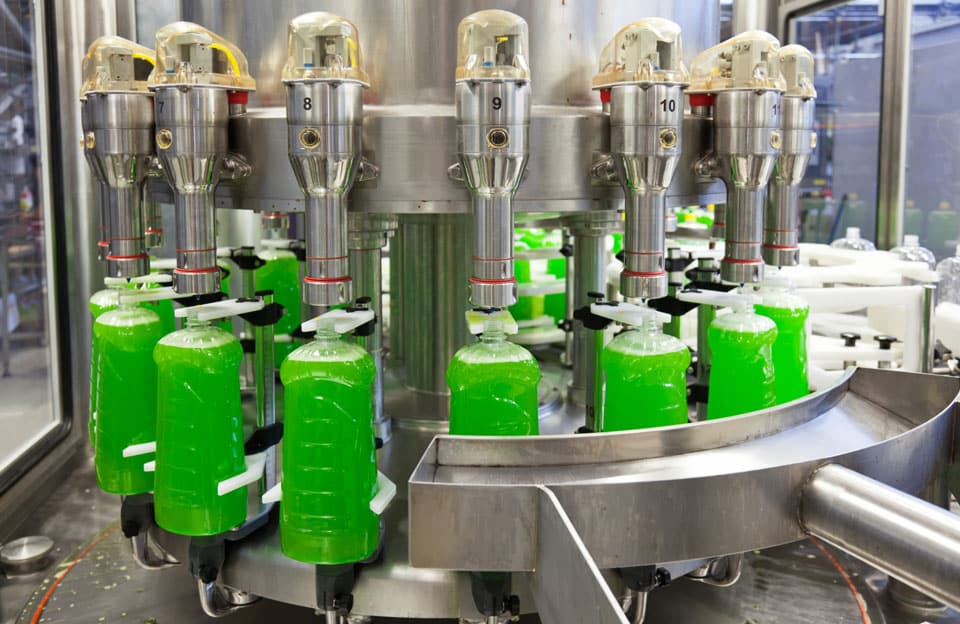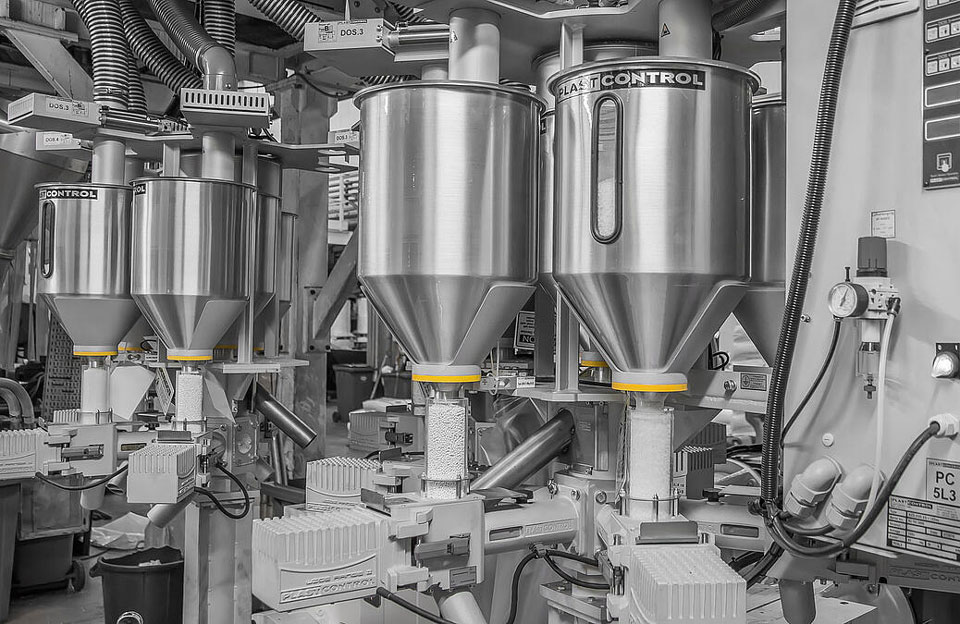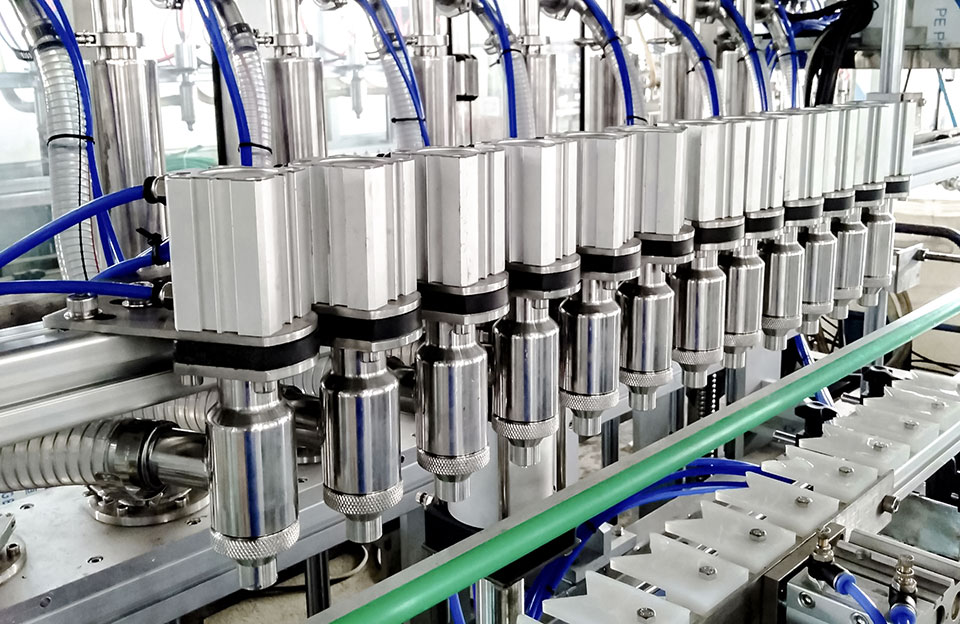Introduction of Filling Machine
Filling machine is a kind of specialized industrial machinery. Usually, more attention is paid to the use of filling machine, but the installation and maintenance of filling machine are equally important. It plays an important role in the packaging of several industries such as food and beverage, pharmaceutical, cosmetic, chemical, etc. Common filling machines include powder filling machines, granule filling machines, liquid filling machines, solid filling machines, etc. The wide application of filling machines can ensure the accuracy of filling volume, improve production efficiency, and meet various Packaging needs. Advanced filling machines incorporate data collection and monitoring capabilities that provide real-time information on performance metrics that aid in quality control, process optimization and troubleshooting.
Precautions for Installation of Filling Machine
When installing a filling machine, it is important to follow specific precautions to ensure a safe and efficient installation process.
-
- Safety Measures: Follow all the manufacturer’s safety guidelines and put safety first. Ensure installers are trained in operating machinery, using personal protective equipment, and following safety procedures. Follow electrical safety standards and lockout procedures when necessary.
- Suitable location: Choose a suitable location for the filling machine to ensure the area is well ventilated and lit. Also consider factors such as available space, accessibility for maintenance and operation, distance from other machinery, and compliance with local regulations.
- Foundation and Support: Check machine specifications for foundation and support structures. Ensure the foundation is level, stable and able to withstand the weight and vibration of the filling machine. Follow the manufacturer’s foundation construction guidelines and secure the machine securely to prevent shifting or shifting during operation.
- Utilities and Connections: Review the machine’s requirements for utilities such as electricity, gas, and water. Ensure the installation area has the necessary connections and is within the machine’s specifications. And Hire a qualified professional for electrical and utility connection services.
- Clearance and Accessibility: Provide adequate clearance around the filling machine for operation, maintenance, and cleaning. Ensure adequate access to control panels, valves, hoppers and other components for easy access to the machine during installation and future maintenance.
- Calibration and Testing: After installation, calibrate and test the filling machine to ensure accurate and consistent fill volumes. Follow the manufacturer’s calibration procedure instructions, perform a test run to verify machine performance and make any necessary adjustments.
- Operator Training: Train personnel operating filling machines on proper use, control, and maintenance procedures. Make sure they understand safety precautions, emergency shutdown procedures and troubleshooting techniques. Regularly review and update training materials to keep operators abreast of any changes or updates to the machine.
- Documentation and Manuals: Keep all installation documents, owner’s manuals, electrical diagrams and warranty information in an easy-to-access location. These resources are valuable for future reference, maintenance, and troubleshooting.
Maintenance of Filling Machine
Proper filling machine maintenance is critical to ensure peak performance, extend life, and prevent costly breakdowns. Here are some key maintenance practices to consider:
- Regular Cleaning: Clean the filling machine to remove product residue, dust, and debris. Ensure that all cleaning processes comply with hygiene and safety regulations. Follow the manufacturer’s cleaning procedure guidelines, including recommended cleaning agents and techniques, paying particular attention to contact surfaces, filling heads, seals, and nozzles.
- Lubrication: Lubricate the moving parts of the filling machine according to the manufacturer’s instructions. Use the recommended lubricant and lubricate according to the specified lubrication intervals, which helps reduce friction, prevent wear, and ensure smooth operation.
- Inspection and Adjustment: Inspect the filling machine for signs of wear, damage, or misalignment. Check for loose bolts, belts, or chains and tighten them if necessary. Regularly check and adjust fill volumes, speeds, and other parameters to ensure accurate and consistent fills. Verify that all safety features, such as emergency stop buttons and security guards, function properly.
- Replace Consumables: Keep track of consumables such as seals, gaskets, O-rings, and belts and replace them at recommended intervals or when signs of wear and deterioration are observed. Using worn parts can affect the machine’s performance and lead to leaks or inaccurate filling.
- Calibration: Regularly calibrate the filling machine to maintain accurate filling volumes. Follow the manufacturer’s calibration procedure instructions and consult a technician if necessary. Regular calibration ensures consistent machine performance and helps meet filling quality standards.
- Electrical Components: Inspect electrical components such as wiring, connectors, switches, and control panels for any signs of damage or wear. Make sure all electrical connections are tight and free from corrosion. If you find any problems, consult a qualified electrician or the manufacturer.
- Training and Operator Awareness: Provide operators with regular training and refresher sessions on proper operation, maintenance, and troubleshooting of filling machines. Please encourage them to report any anomalies or potential problems they observe during the operation. Operators should know the machine’s manual, safety procedures, and emergency shutdown protocols.
- Preventive Maintenance Program: Develop a preventive maintenance program based on the manufacturer’s recommendations and the specific operating needs of the machine. This schedule should include regular maintenance tasks such as cleaning, lubrication, inspection, and replacement. A preventive maintenance program can help prevent unexpected breakdowns, reduce downtime, and maximize the efficiency of your machinery.
Conclusion:
Now that people use various beverages and daily chemical products, the demand for filling machines is widely used in production. Filling machines are related to the quality details and production efficiency of enterprise products. In the normal use process, it is also particularly important to pay attention to the timely installation, commissioning, operation, and maintenance of the filling machine.


